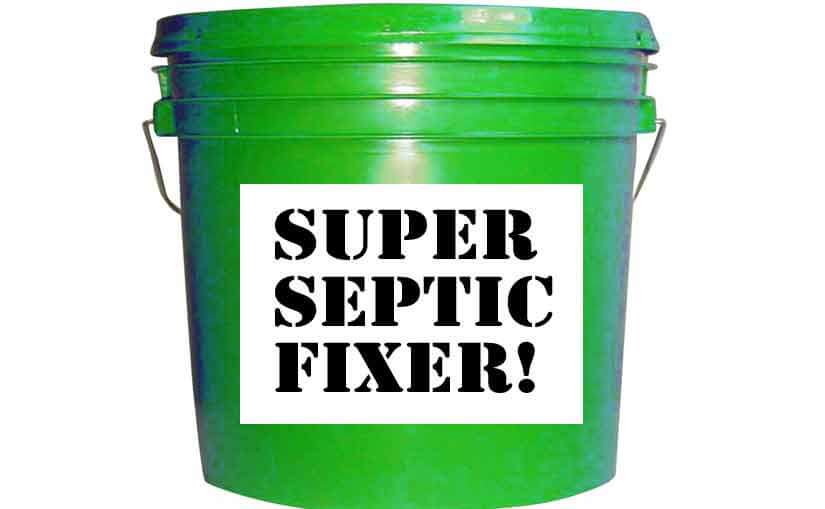Septic tank not taking or holding water is a homeowner’s worst nightmare. It was dark out at nine in the morning. The air smelled differently. It smelled like rain. You had a feeling that it was indeed going to rain. As the chicken and potatoes roasted, the rain poured. Just then, your sister decided to do your weekly laundry. Since it was only the two of you that month, she wanted to get all the chores done so she could just relax that afternoon.
After lunch, you decided to check the yard. When you went out, septic odors welcomed you. The yard was flooded. The drains, sinks, and toilets were also backed up and filled with disarming smells. It was obvious that there was something wrong with your septic system. You called your septic expert and told him what was wrong. He said that the septic tank was not taking in or holding water at that time but it wasn’t supposed to be pumped out during an outpour as heavy as that one.
Three hours passed and the rain finally stopped. The septic expert went to your house first to take care of your septic problem. It is very common when the septic tank fails to take in or hold water. Homeowners who panic usually ask the septic expert to pump out during the actual rainfall. This should not be done at all because the silt and mud would just enter the septic system and clog it further. In the end, you will only be faced with a failed system, which will cost you thousands of dollars. Septic tank not taking or holding water was a new issue.
When your gutters are directed to drain over the part of the yard where the septic system is installed, the water load is greatly increased. Rainwater seeps through the tank and the drain field and blocks the entry of the wastewater produced by your home. The wastewater includes the grey water from the dishwasher and the washing machine as well. If you don’t have a dry well, then your septic tank takes in all of that. This is where a dry well could be really helpful. The dry well helps the septic tank to handle all the wastewater. But you have to make adjustments with the laundry load as well. Instead of weekly, make it every two days to lighten the water load.
Another cause of the septic tank’s failure to hold water is the heavy use of harsh chemicals and antibacterial household cleaners. These kill off the resident anaerobic bacteria in the septic tank. Anaerobic bacteria in the septic tank are the ones that primarily break down the solid waste products that enter with the wastewater. If they are killed off, the entire wastewater treatment for your household stops. That is why the wastewater just goes back to your house or onto your yard especially during heavy rains.
To prevent this septic dilemma, the primary thing that you should do is to maintain the regular pump our schedules. The sludge layer in the septic tank accumulates. If this heavy layer is not removed, it will take up majority of the space in the septic tank that’s meant for the other layers (scum and effluent) and the incoming wastewater. At normal levels of sludge, the septic tank could efficiently host the wastewater treatment. There are also septic tank treatments that help break down the solid waste faster. This could help improve the condition of the septic tank during heavy rains. There is also the option of installing additional septic tanks and dry wells to prevent the same thing from happening again.
Before the septic expert left, he told you and your sister not to do heavy laundry washing during heavy rains until necessary modifications are made. You looked at your sister as her face reddened with embarrassment. But she smiled and agreed not to do it again. The septic expert said that the modifications would be finished in just two weeks. It was enough time. Just hope that it would not rain that hard for the meantime. Septic tank not taking or holding water will never be a problem for you again.

